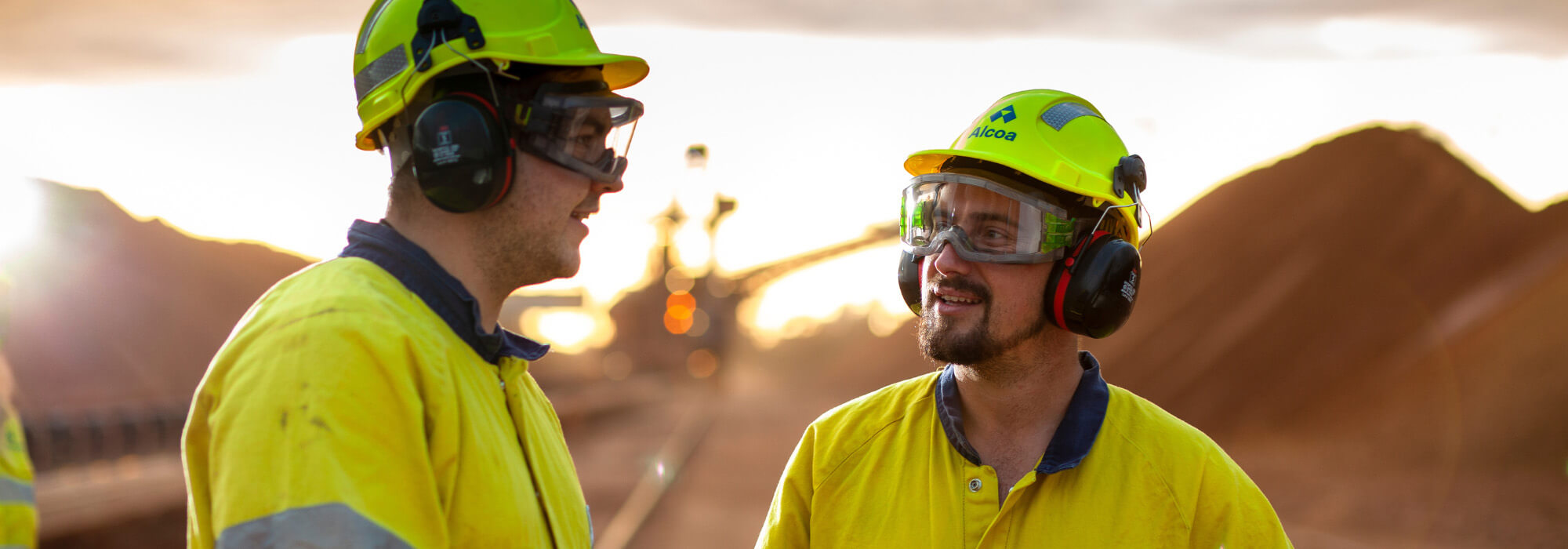Alcoa has been operating its bauxite mines and alumina refineries in Western Australia since 1963.
Bauxite is refined into alumina which is then smelted into aluminium. Aluminium is an increasingly important metal due to its strength, light weight and ability to be recycled.
Aluminium is a key contributor to decarbonisation efforts in Australia and across the globe. A necessary component of solar panels, wind turbines, electric vehicles, hospital equipment and a multitude of other items – the manufacturing industry continues to rely on aluminium every day.
Our Huntly and Willowdale mines currently supply bauxite to our Pinjarra and Wagerup refineries where it is transformed to alumina – the feedstock for aluminium.
Combined, our operations employ thousands of people, with a significant portion of our workforce living near the communities where we operate.
